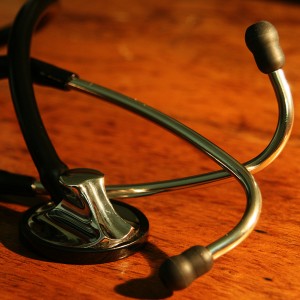Back in the days when modern medicine started, around the turn of the 20th century, the practice of medicine was roughly divided into thirds: diagnosis, treatment and prognosis.
That's what Alexander Smith, palliative care expert at the San Francisco VA Hospital, told me in an interview. He attributed the approach to the illustrious William Osler, one of the founding professors of Johns Hopkins Hospital, back in the late 19th century.
But things have changed since Dr. Osler ruled in Baltimore. "Prognosis has really waned," Smith says. "Now in textbooks, there's just a few lines. The focus is on diagnosis and treatment."
Smith and a handful of colleagues are trying to refocus doctors and other clinicians on prognosis in older patients. But it looks like he has a long way to go. In today's Journal of the American Medical Association, Smith and his colleagues assess the efficacy of 16 different ways to measure prognosis. Unfortunately, the authors find that all of them are lacking in one way or another. Failure to consider prognosis is a problem, they argue, because it can lead to poor care.
"Prognosis is a critically important piece of information for decision-making in the elderly," Smith said. "For most preventive measures, the harms occur up front, but the benefits don't accrue for years."
